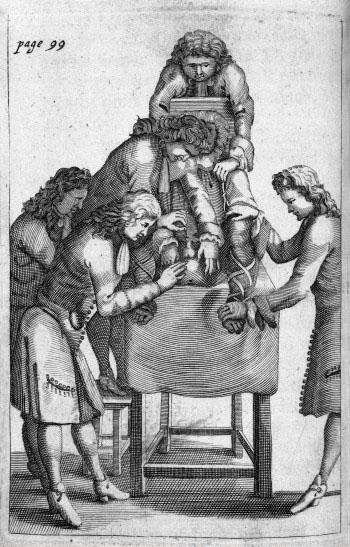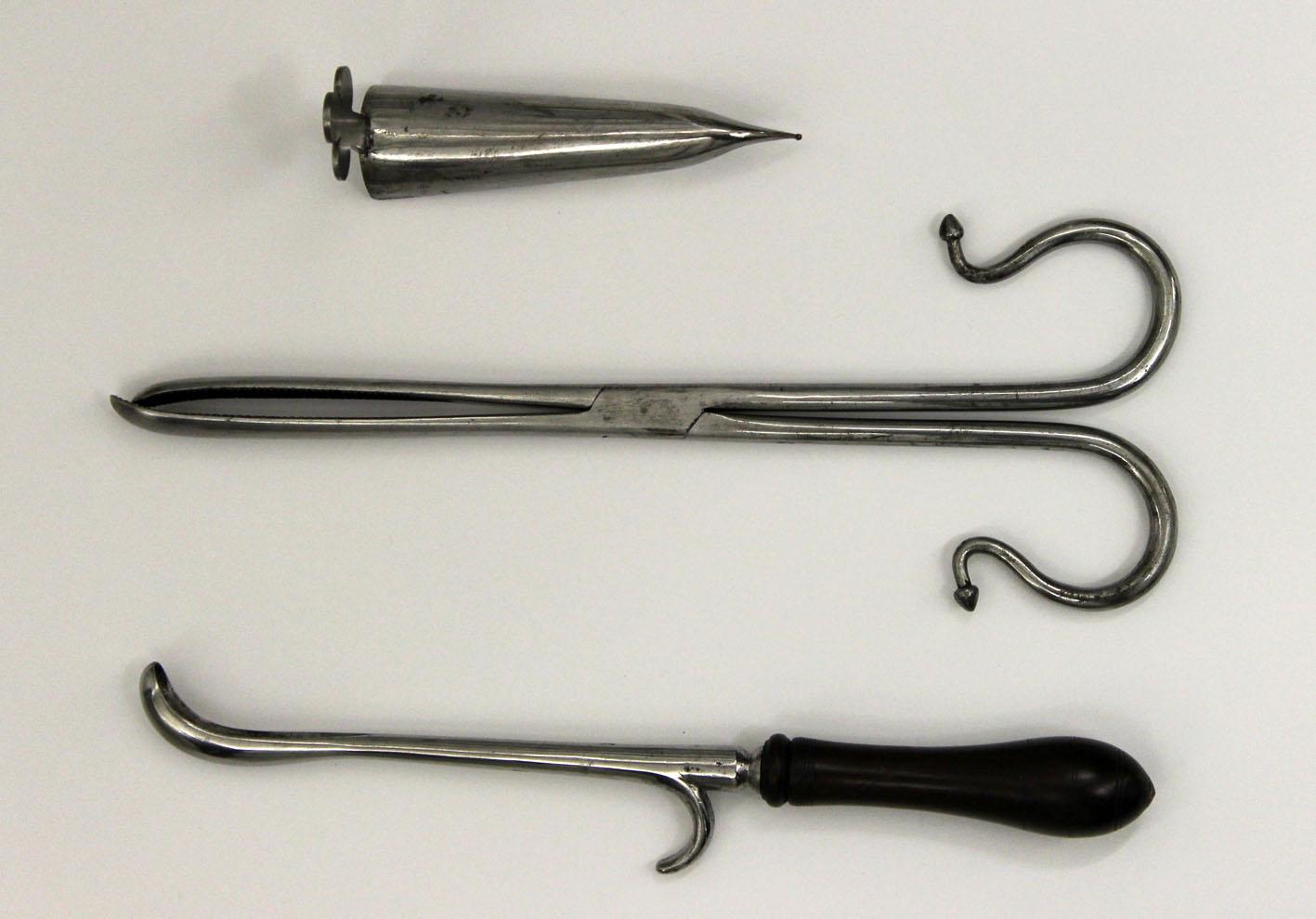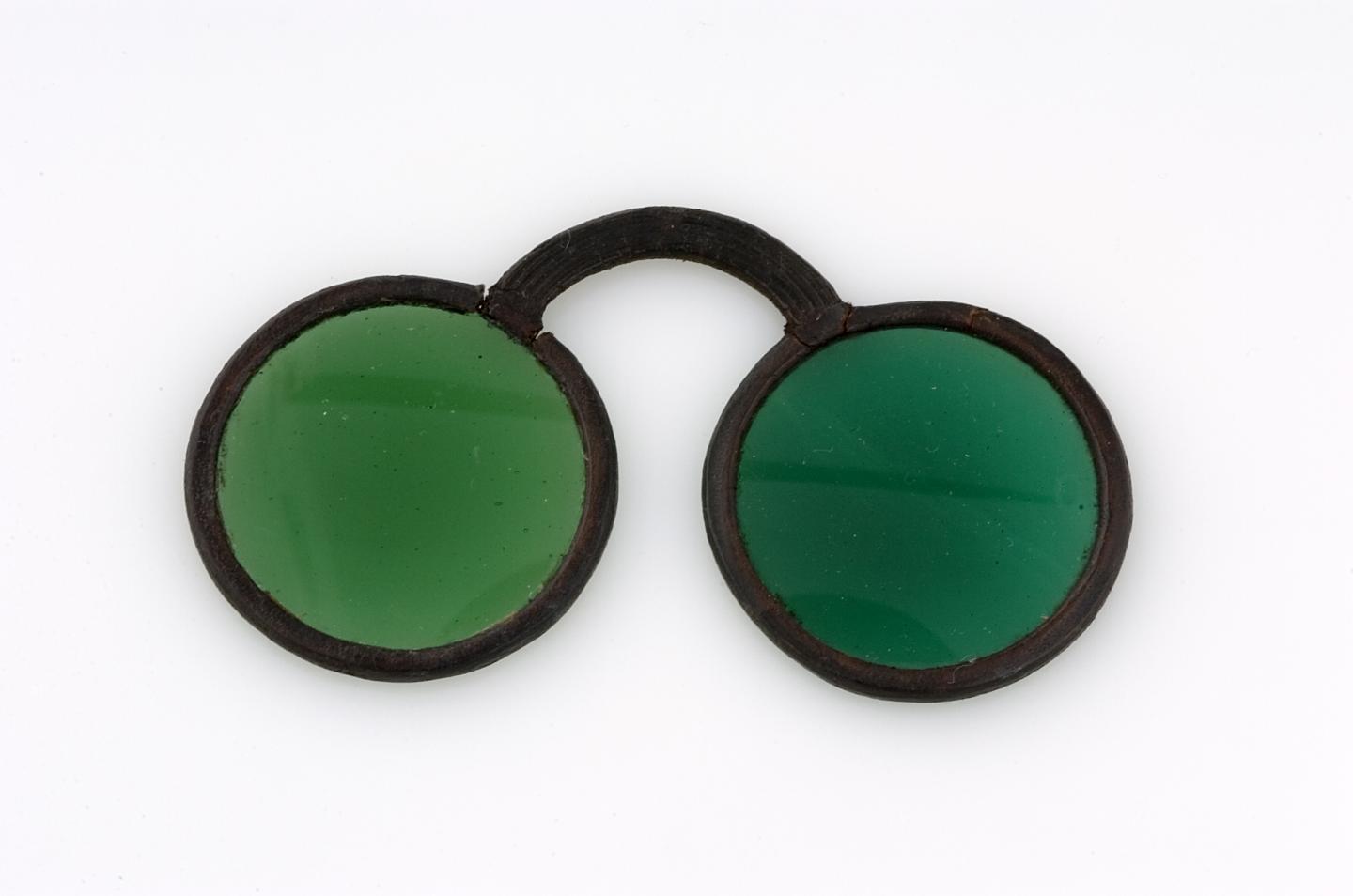Essential Information
| Location |
National Maritime Museum
|
|---|---|
07 Dec 2015
Our curator Kristian Martin looks at Pepys's health, including bladder stones, hangovers and emergency toilet breaks in a chimney.
In his diary, Samuel Pepys gives us a thorough commentary on the state of his health. The pages reveal colds, bruising, trapped wind, constipation, diarrhoea, hangovers, boils, ulcers and general aches and pains. Although he took purges, pills and potions for his minor complaints, it is perhaps unfair to call Pepys a hypochondriac and any preoccupations he had with his well-being – the very first words of his diary refer to him being in ‘good health’ – are understandable considering the momentous and risky surgical procedure he underwent early in his life.
‘I was cut of the stone’ - Pepys and his bladder stone
Pepys was bothered by bladder and kidney stones from a young age. It was an ailment that also affected his mother, uncle and brother. He suffered continually from ‘fits of the stone’ until, at the age of 25, he could bear the pain no longer and resorted to the knife of skilled surgeon Thomas Hollier. In his cousin’s house on 26 March 1658, without anaesthetic, antiseptic or pain relief, Pepys was strapped down and Hollier performed a lithotomy: quickly removing a stone from his bladder the size of a billiard ball through a three inch incision between his scrotum and anus.
Remarkably Pepys resisted shock and infection, and recovered from the operation in just five weeks. He was well aware of his fortune: he proudly kept his bladder stone as a grisly souvenir and celebrated the success of the operation with a banquet or ‘stone feast’ on its anniversary for a good few years. Although there were some associated complications – the wound never properly healed and the operation may have left him infertile – Pepys remained relatively pain- and stone-free other than sporadic bouts of soreness in his testicles which he ascribed to ‘squeezing myself in a coach’. It is interesting to think of what might have been: if Pepys had died as a result of the procedure that day there would be no diary and he would be almost forgotten to history.
‘My eyes begin to fail me’ - Pepys's eyesight
From April 1662, Pepys began to mention in his diary problems with his eyesight. He suffered from painful watery eyes and headaches which he initially put down to an excess of alcohol. However, as the situation worsened over the years that followed, he became convinced that his eyesight was failing him and that he was on the road to blindness. He came to the conclusion that his problems were caused by the strain of ‘looking so long by candlelight upon white paper’. By June 1668 the situation had got so bad that he wrote, ‘able to do nothing by candlelight, my eyes being now constantly so bad that I must take advice or be blind.’
To relieve the symptoms he tried green-tinted spectacles, special lenses and ultimately eye drops on the advice of leading ophthalmologist Dr Daubeny Turberville. These had little effect, so Pepys tried to cut down the amount of writing he was doing which included stopping his diary. His last entry, on 31 May 1669, reads, ‘and thus ends all that I doubt I shall ever be able to do with my own eyes in the keeping of my journal … having done now so long as to undo my eyes almost every time that I take a pen in my hand’. Pepys did not go blind; it is likely that he had long-sightedness and mild astigmatism and, although he continued to write correspondence and briefly returned to writing short journals, it is interesting to think what more the continuation of his ‘great’ diary would have revealed about his life and times.
‘Myself in constant good health’ - Pepys's health in context
Many of Pepys’s ailments were not uncommon for the 17th century when health, hygiene and disease transmission were not fully understood. Indeed, by the standards of the age, Pepys seems to have been fairly healthy during the diary years; he was never confined to his bed for a day, avoided the Great Plague and received little attention from his physician Alexander Burnet. Nevertheless the candid and memorable reporting of his complaints and their consequences give us a somewhat distorted impression of his health over those years. For instance, in September 1665, with people dying from bubonic plague in the city, Pepys reports an embarrassing health incident while seeking refuge in Greenwich, ‘I to bed, and in the night was mightily troubled with a looseness (I suppose from some fresh damp Linnen that I put on this night); and feeling for a chamber pott, there was none … so I was forced in this strange house to rise and shit in the chimney twice’. The image is uncomfortably hilarious.
For more information on Pepys and 17th century health & medicine visit our exhibition Samuel Pepys: Plague, Fire, Revolution


